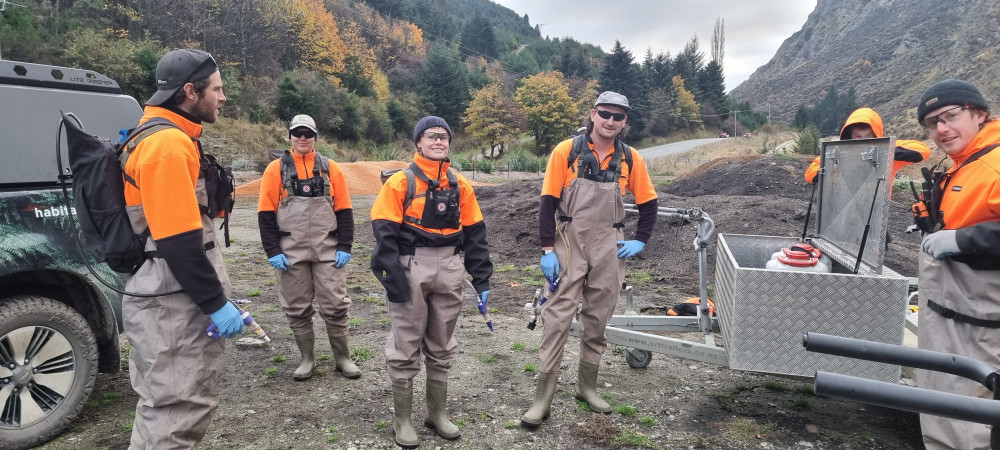Queenstown Lakes District Council - Matakauri Wetland


The Matakauri wetland is located in a cold and confined montane valley about 330 metres above sea level, is bordered by alpine habitat, and spans an area of around 11 hectares. The wetland receives around 710-750mm of rain per year, and is frost free for approximately two thirds of the year. Throughout the history of human settlement and development in the Queenstown area, the wetland has shrunk in size due to drainage, road development, and invasion by pest species like willow (crack willow and grey willow), lupin, and non-native grass species. The wetland is dominated by Purei (Carex secta) sedgeland and is habitat for native and endangered species such as Matuku (Australasian bittern).
There are three primary aims for the restoration project in the Matakauri wetland. Firstly, to eradicate pest plant species (e.g. willow species, lupin, old man’s beard, birch, buddleia, sycamore, hawthorne); secondly to control pest animal species (rats, possums, stoats, mice etc); third to enhance the flora present in the wetland by planting native species.
Restoration methods:
Pest plant control:
- Woody plants controlled using drill + fill, cut + paste, basal spraying, uprooting where feasible.
- Chemical control has its pro’s and con’s, such as high success rate but limited use in wet areas.
- Overall high success rate thus far of willow control, and control of other pest plant species in and around the edges of the wetland.
Predator control:
- Implementation of 34 traps: DOC200, Goodnature A24, NZ Auto Traps AT220
- Traps have been placed in central areas of the wetland, as well as around the edges, to stop incursion and also to eliminate predators that reside in the heart of Matakauri wetland.
- High numbers of predators controlled thus far, indicating high predator numbers both in the wetland and in the surrounding areas particularly possums and rats.
Native tree planting:
- Native wetland and stream edge plants have been planted at both ends of the wetland in open areas/along stream channels.
- Plants are guarded with cardboard guards, which have held up well in the cold and wet conditions of the wetland.

